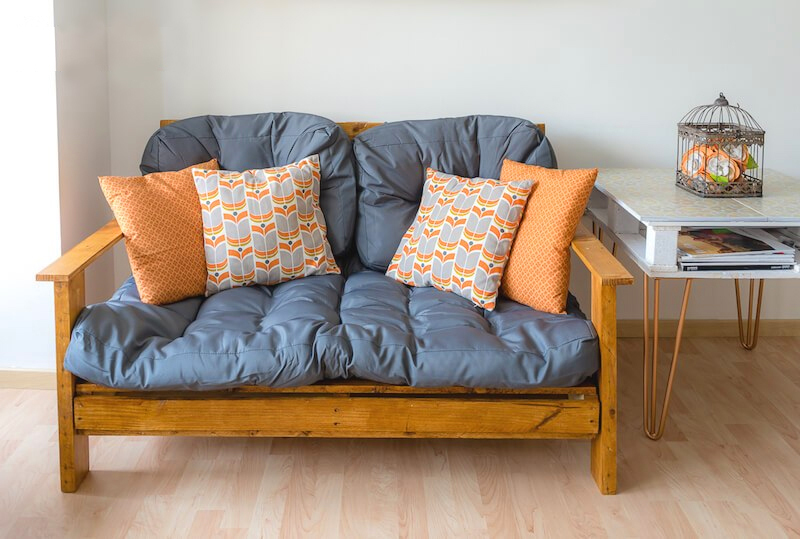To date, the yarn range is large enough: you can choose different colors for the intended product, and select the desired material. For those who is opposed to man-made threads, you can select the types of yarn, as part of which contains 100% natural ingredients. However, due to the fact that natural fibers in a capricious care, often preferred embodiments mixed.
Content
- Main settings
- vegetable fiber
- Benefits of animal fibers
- How to choose a brand
Main settings
In order not to make mistakes in selecting a suitable material for use, it should be clearly understood what properties each of them. To begin with, it is worth noting, that can be divided all types of yarns into three groups, namely:
- natural;
- mixed;
- synthetic.

The most popular section is considered to be natural wool, linen, cotton, cashmere, viscose, bamboo. Each material has its advantages and disadvantages, but they are all united by one common advantage - naturalness. Due to the fact that natural ingredients do not always have all necessary for the industry and further Operating characteristics of the finished product, began to add synthetic fiber yarns different in composition ratio.
In some cases, this leads to less wear thing or provide color fastness. Among synthetic fibers most widely used acrylic and polyester.
For all threads and yarns, regardless of which group in its origin they are, there are a number of quality indicators. As a rule, there are the following options:
- pitch diameter of thread;
- load at break;
- yarn elasticity;
- breaking length of yarn.

The diameter of the yarn - it is the same thickness, which may be computed according to a formula, or during weighing hanks length of 50 or 100 meters. In the presence of a special apparatus called a thickness gauge, it is possible to easily produce measurements.
The load at break, and when it comes easier, durability is one of the most important characteristics.
In the production of its measure on a special tensile testing machine, as mathematically produce a calculation is difficult because of the differences in feedstock and its inherent properties. Elasticity and extensibility is also determined using a tensile testing machine, but can be expressed mathematically. Breaking length is another indicator of the strength and calculated taking into account the length and weight.
vegetable fiber
Plant fibers have long been used for the production of fabrics and garments. Unlike synthetic, they allow the skin to breathe freely, able to absorb the moisture, which is especially important in the summer. Knitted cotton products are quite resistant to wear and do not require special care. It is also assumed that the cotton, unlike flax and silk, has a warming effect. The clothes of cotton is not hot in the summer and warmer in winter.
Cotton yarn dyeing easily, can not be said about the linen, because it is due to the fact that it is difficult to painted linen, often stored light beige or white.
Bamboo was originally very common in the country of origin: there it is just perfect for summer clothes, and later became quite popular in all countries.

Benefits of animal fibers
Since ancient times, to create warm clothing used animal fur. There is a suggestion that it has medicinal properties. Usually, if a part of specified material - wool, then, in most cases, means the sheep. This material is quite whimsical and should always strictly observe the temperature regime during the washing of articles from it.
Many knitting lover fell liking cashmere fibers which are made of fluff Tibetan mountain goats. He is very soft and durable, more importantly, as is the case with the previous raw materials comply with the temperature of wash cycle.
Yarn made of camel hair is not so common, but in a unique position to retain heat in winter and does not give the body to overheat in the summer. The disadvantage is a limitation of colors and should not be subjected to coloring so as cashmere or sheep wool, to obtain the various shades.

And if the previous three materials can be used alone, here angora, because of its tendency to fall out of thin filaments, used only in mixed formulations.
How to choose a brand
Choosing yarn for knitting of a brand, should pay attention to the information provided on the label. Bona fide manufacturers always indicate the composition as well as the basic characteristics, such as length, weight skein diameter.
Additionally, you can get acquainted with the people who have bought and used the products of different brands. In most cases, they honestly describe the pros and cons of the product.



